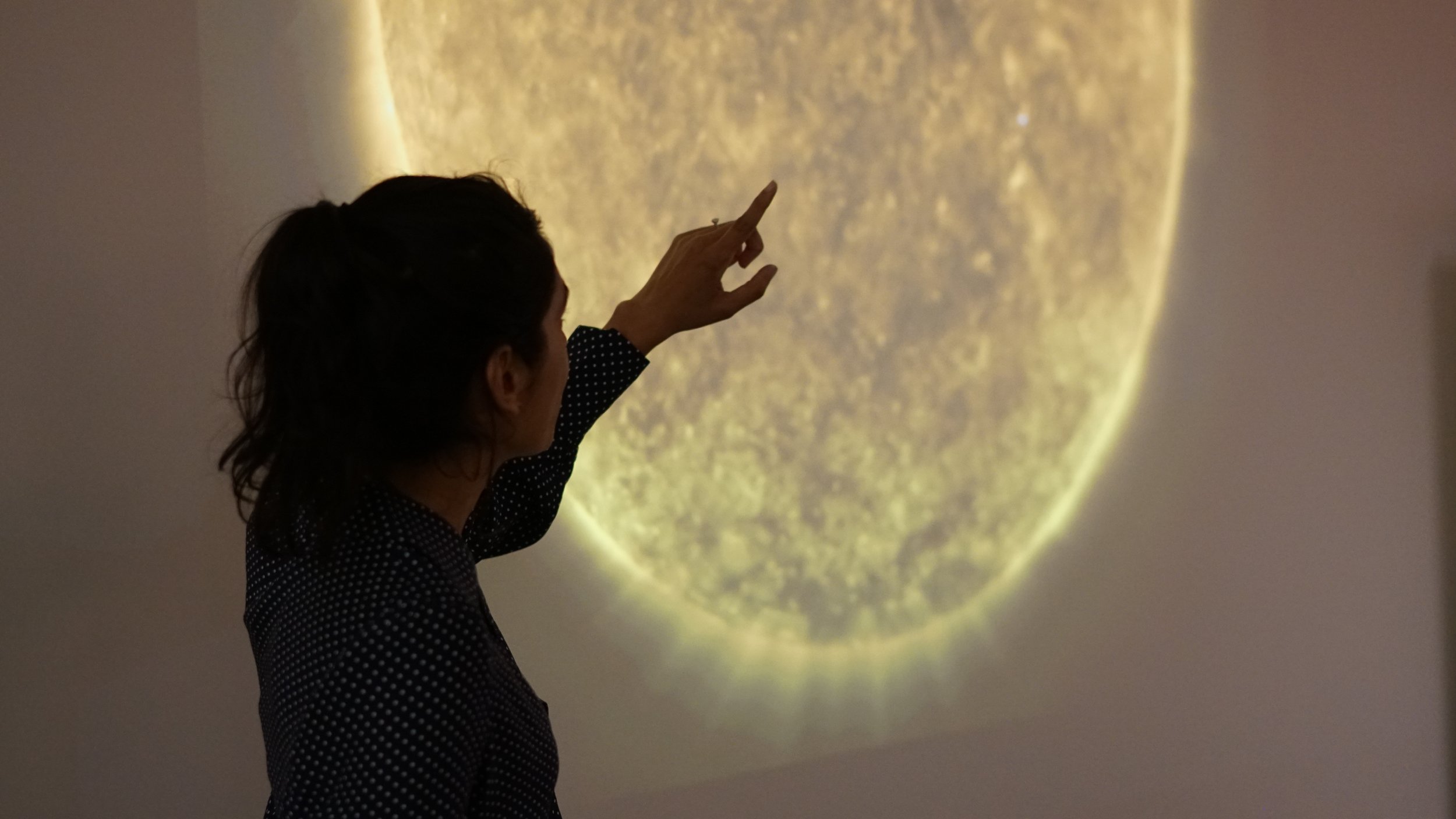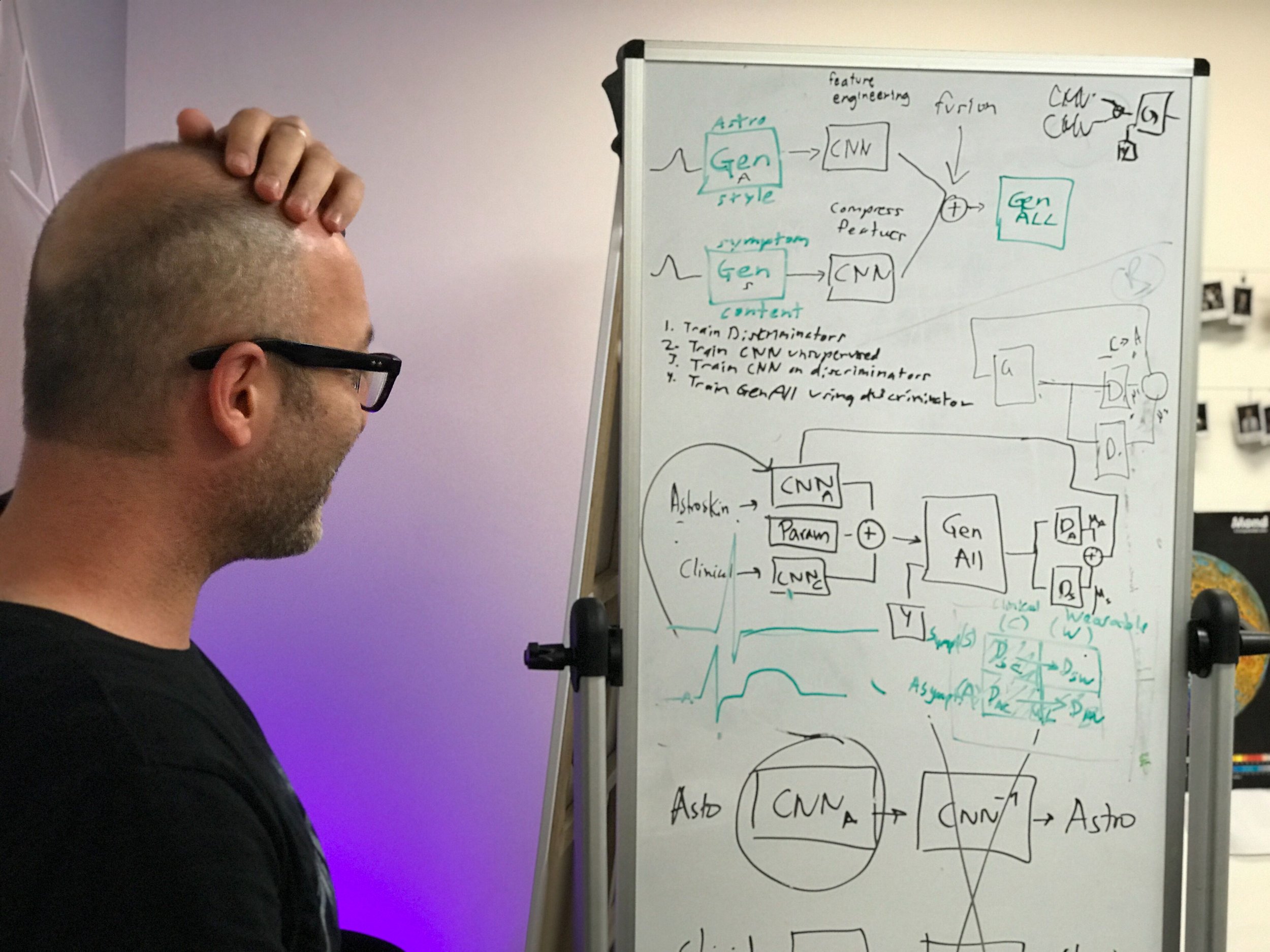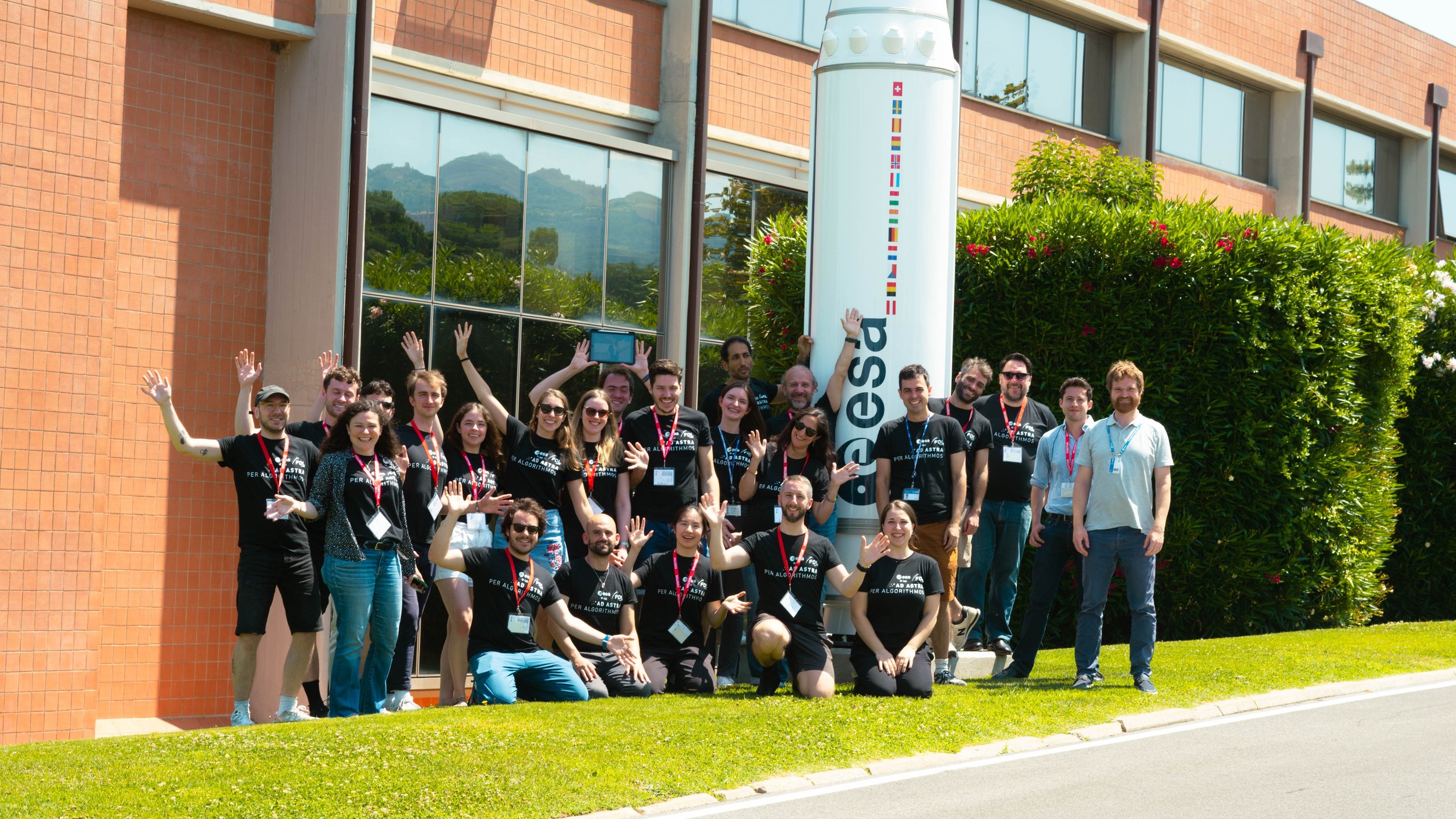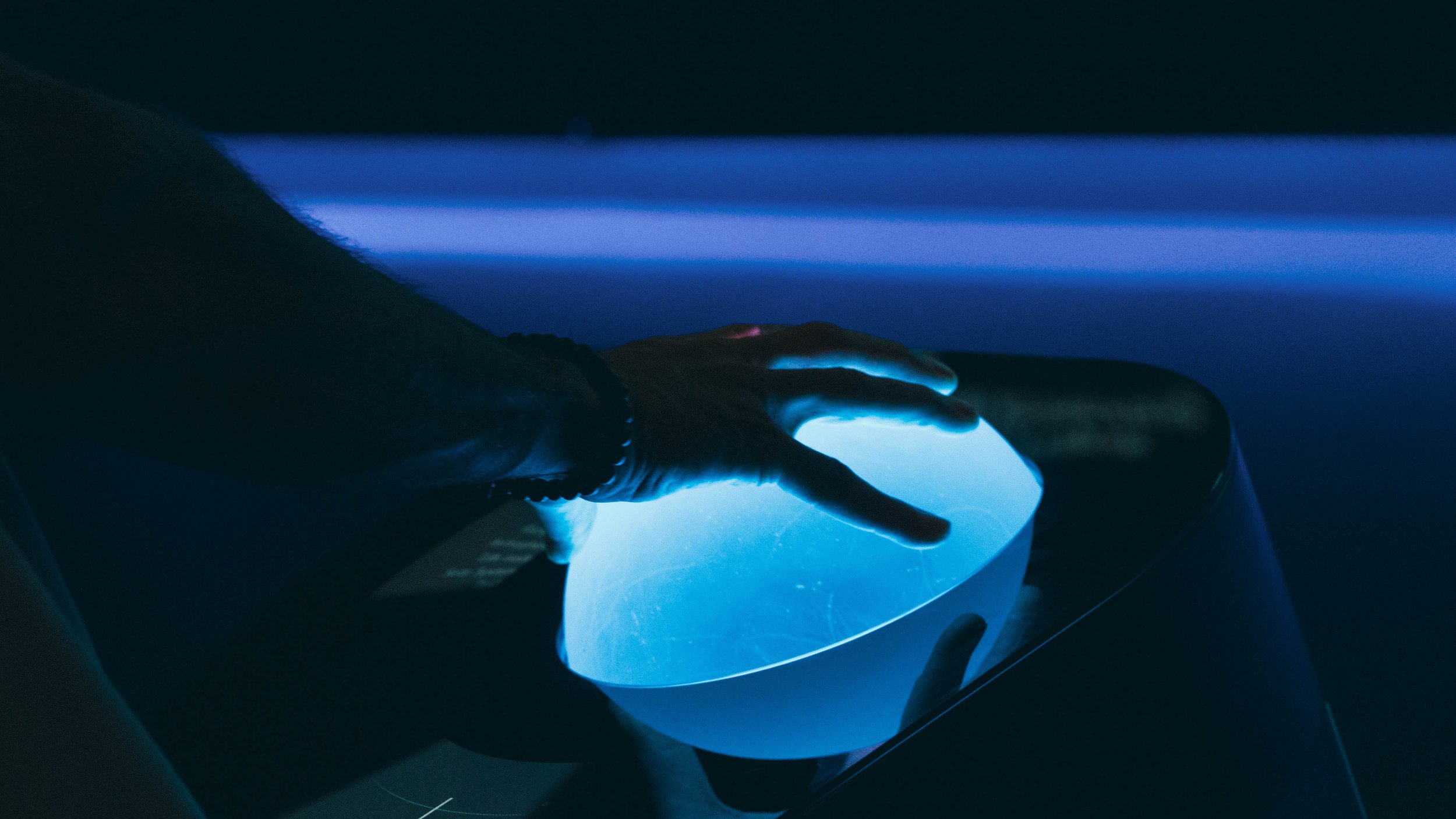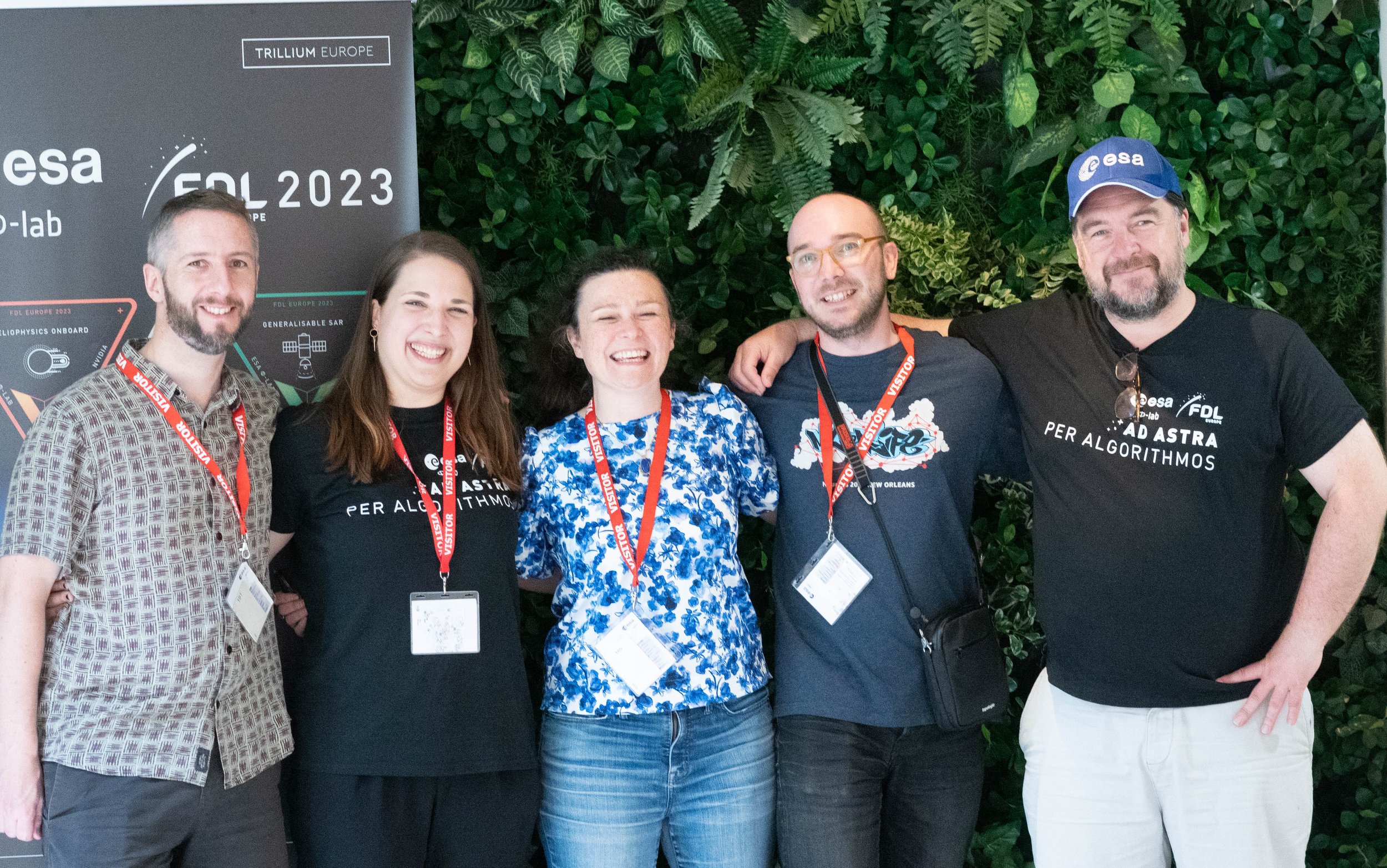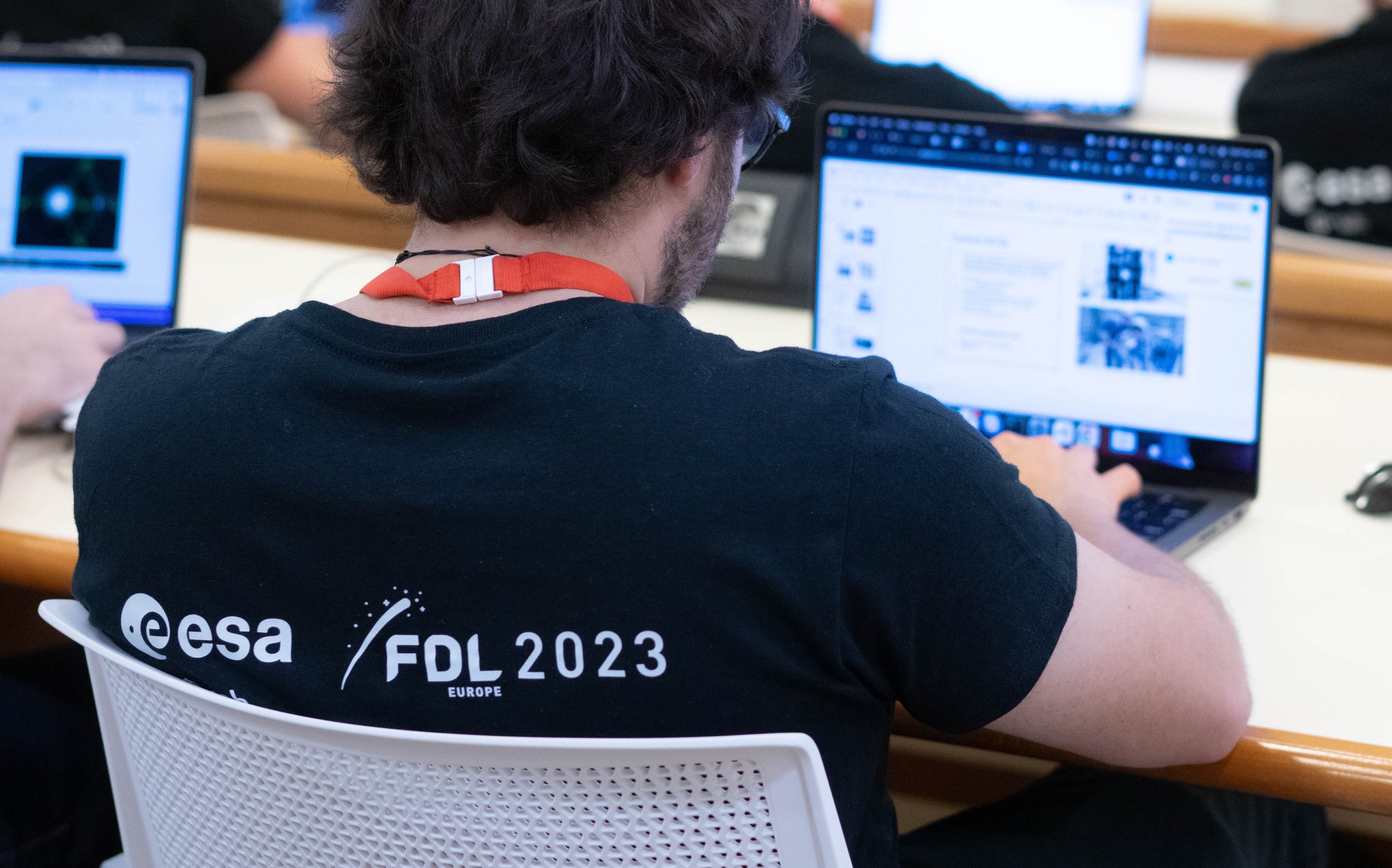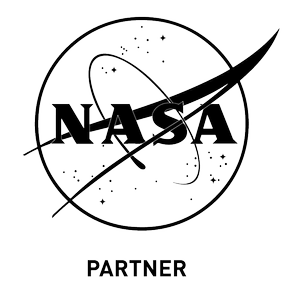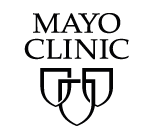
HISTORY
THE Story so far
The Frontier Development Lab (FDL) was founded by NASA’s Office of the Chief Technologist and Trillium Technologies in partnership with the SETI Institute, and GPU chip maker Nvidia as the last initiative of NASA’s Asteroid Grand Challenge (2013-2016).
The concept and format of FDL was conceived as “an interdisciplinary fellowship public / private partnership for data science” by James Parr, CEO of Trillium Technologies with the blessing of NASA’s Office of the Chief Technologist in March 2015 as a response to a request from senior planetary scientists from the planetary defense community.
“FDL resulted from a conversation at a meeting of senior planetary scientists where a desire was expressed for the AGC to fund a fellowship program to help with current research gaps.The opportunity added an AGC nuance: to serve as a beacon for high-impact, multi-disciplinary collaborations among the government, industry, and academia.”
Details of FDL’s genesis from the Asteroid Grand Challenge are covered in the Science Policy paper, NASA’s Asteroid Grand Challenge: Strategy, Results, and Lessons Learned(August 2018) https://www.sciencedirect.com/science/article/abs/pii/S0265964617300838
In October 2015, NASA AMES committed support for the initiative with NASA ARC Center Director Eugene Tu approving the working title “Mavericks Lab: Applied Data Science Accelerator.” The collaboration was facilitated through the NASA ARC Space Portal which oversaw the relationship from the NASA side, locating the lab in the heart of Silicon Valley, with Trillium acting as the lab for day-to-day functions.
In parallel, Nvidia corporation agreed to provide GPU compute services, becoming FDL.AI’s first private sector partner. Autodesk was also engaged in this timeframe and both Nvidia and Autodesk became official partners for the inaugural 2016 research cycle.
Towards the end of same month, the SETI Institute was approached by NASA HQ with the invitation to provide a hosting location and administer the partnership in the USA, acting as a hub between FDL’s federal and commercial partners via an existing NASA Cooperative Agreement, NASA CO-OPERATIVE AGREEMENT NNX14AT27A “PLANETARY SCIENCE AND EXPLORATION STUDIES” and provide subject matter expertise in planetary defense.
In April 2016, the applied AI research accelerator underwent a name change to address potential confusion caused by an existing entity known as “Rocket Mavericks.” The new name “Frontier Development Lab” (FDL.AI) was chosen at a meeting at the Space Portal.
In 2017, IBM, Intel, Lockheed Martin, KX Systems, and Space Resources Luxembourg joined the partnership, with Google Cloud joining as ‘lead partner’ in 2018, super-charging the scale of FDL’s compute ambitions.
After initial successes tackling planetary defense demonstrated the utility of AI for science challenges and the interdisciplinary format, FDL branched out into new research themes with other problem owners:
2017 - Heliophysics, NASA HQ
2017 - Space Resources, Space Resources Luxembourg/ Luxembourg Space Agency (LSA)
2018 - Astrobiology, NASA HQ
2018 - Exoplanets, NASA HQ
2018 - Disaster Response, ESA Phi-Lab
2019 - Astronaut Health, NASA Genelab and the Canadian Space Agency (CSA)
2019 - Earth Science, NASA Marshall SpaceFlight Center (MSFC) and NASA HQ
2019 - Lunar Exploration, NASA HQ and LSA
2019 - Mission Operations, ESA ESOC
2020 - Digital Twinning of Earth Systems, ESA Phi-Lab
2020 - U.S. Geological Survey, which supported three challenges in 2020, 2021 and 2022
2022 - Climate Resilience, Energy Futures and Disaster Response, US Department of Energy’s AI technology Office (DOE AITO)
Private partners that have provided invaluable expertise, data, funds, and other services to FDL.AI research include Lockheed Martin, IBM, Intel, Microsoft, Kx Systems, Autodesk, KBR Wyle, MIT Portugal, HPE, ISI/Pasteur Labs, Planet, Xprize, Berkeley and the Mayo Clinic.
FDL.AI would not be possible without the support of commercial, academic and federal partners who provide state of the art know-how, compute, data and many other resources.
In 2020, Trillium Technologies established in spaceML.org as a response to NASA SMD’s strategy for groundbreaking science (https://science.nasa.gov/science-red/s3fs-public/atoms/files/SDMWG%20Strategy_Final.pdf). SpaceML.org, is an open science platform dedicated to streamlining the reproducibility of FDL’s AI pipelines, data products, snippets, MLOPs and tools in a cloud-based environment. The Data Quest followed in 2021 in Australia focusing on Wildfires.
In 2023, the SETI Institute established a separate DOE FDL in partnership with the US Department of Energy. Best wishes are extended to them in their endeavors.
The FDL-X Helio pilot (‘x for experimental’) was established in 2023 as an evolution of FDL, placing emphasis on integration and orchestration. FDL-X remains an ongoing public private partnership with NASA, Trillium Technologies, Google Cloud and Nvidia.
FDL.AI’s mission continues to be to advance the application of machine learning technologies, data science, and high-performance computing to push the frontiers by developing applied AI tools and data products for both terrestrial challenges and space exploration for all Humankind.
FDL Europe
FDL Europe was established as a sister program in 2018 using the same model as FDL.AI in partnership with the European Space Agency’s Phi Lab (ESRIN), Trillium Technologies, and the University of Oxford via its Space@Oxford program with compute resources provided by Google Cloud and Nvidia. ESA ESOC Mission Operations joined the FDL Europe partnership in 2019 and ESA ESTEC in 2023.
FDL Europe was signed off by Joseph Aschbacher, (now ESA Director General) in October 2017 and the first FDL Europe ran in the summer of 2018 at Kellogg College, Oxford, in partnership with Oxford University and Nvidia.
FDL Europe’s private partners include Google Cloud, Scan Computers, Airbus, ISI/Pasteur Labs, D-Orbit, Planet and Space Applications Catapult.
There is no sharing of funds between FDL.AI in the USA and FDL Europe.
FDL’s vision: “Breakthrough” high-risk / high reward applied AI for planetary defense. At NASA Ames' Space Portal.
NASA Asteroid Grand Challenge Program Executive, Jason Kessler (NASA HQ) briefs the FDL.AI community at NASA Ames Research Park in Silicon Valley.
NASA Ames Center Director Dr Eugene Tu kicks off FDL 2017 with an expanded focus to include heliophysics and space resources with the LSA.
FDL.AI’s first ever researchers arrive at NASA Ames in the summer of 2016 (with Alison Lowndes of Nvidia)
FDL.AI’s first program director, Sara Jennings and faculty, Sylvester Kaczmarek show off the old and new logos during the summer of 2018.
NASA Science Mission Directorate stakeholders watch the final technical presentations at the SETI Institute.
FDL.AI researchers, Bala Poduval (centre) and Burcu Kosar (right) join Faculty Monica Bobra (left) at AGU to showcase the first ever FDL result at AGU; a ML derived prediction of the Sun’s Kp Index.
FDL.AI Founder, James Parr (Trillium) presents AI for space research outcomes at the UN’s Ai4good meeting in Vienna.




